Veterinary Guide to Pimobendan & Benazepril Tablets for Dogs with Heart Conditions
Heart disease in dogs is a common and often progressive condition that requires proactive management for improved longevity and quality of life. Among the medications most frequently prescribed to manage canine heart conditions are Pimobendan and Benazepril. Used alone or in combination, these drugs play a pivotal role in controlling congestive heart failure (CHF), dilated cardiomyopathy (DCM), and other cardiac conditions in dogs.
Understanding Canine Heart Disease
Canine heart disease comes in various forms, with mitral valve disease (MVD) and dilated cardiomyopathy (DCM) being two of the most common causes of heart failure in dogs.
Common Symptoms of Heart Disease in Dogs
- Persistent coughing
- Difficulty breathing (dyspnea)
- Fatigue and lethargy
- Abdominal swelling
- Exercise intolerance
- Collapsing episodes
If left untreated, heart disease can progress to congestive heart failure (CHF), a life-threatening condition. That’s where Pimobendan and Benazepril become vital components of veterinary therapy.
What is Pimobendan?
Pimobendan is a positive inotrope and vasodilator (also referred to as an inodilator).
Mechanism of Action
Pimobendan works by:
- Increasing the sensitivity of cardiac muscle to calcium, thereby improving the strength of contractions.
- Inhibiting phosphodiesterase III, which results in vasodilation, reducing preload and afterload.
Veterinary Uses
- Management of congestive heart failure (CHF)
- Supportive therapy in end-stage cardiac disease
What is Benazepril?
Benazepril is an angiotensin-converting enzyme (ACE) inhibitor, which is used to treat high blood pressure and heart failure by blocking the conversion of angiotensin I to angiotensin II, a potent vasoconstrictor.
Mechanism of Action
Benazepril:
- Reduces systemic vascular resistance (afterload)
- Decreases sodium and water retention
- Slows down the progression of heart remodeling
Veterinary Uses
- Chronic congestive heart failure
- Systemic hypertension
- Protein-losing nephropathy (renal applications)
- Combined therapy in advanced cardiac conditions
Pimobendan & Benazepril Combination: Why Use Together?
Using Pimobendan and Benazepril together offers a synergistic effect in dogs with CHF. While Pimobendan improves cardiac output and contractility, Benazepril reduces vascular resistance and preload, creating an optimal environment for the failing heart.
Combined Benefits
- Improved exercise tolerance
- Delayed onset of heart failure in preclinical stages
- Reduced pulmonary edema and ascites
- Enhanced longevity and quality of life
Indications for Pimobendan & Benazepril Tablets in Dogs
| Condition | Pimobendan | Benazepril | Combined Use |
| Mitral Valve Disease (MVD) | ✅ | ✅ | ✅ |
| Dilated Cardiomyopathy (DCM) | ✅ | ✅ | ✅ |
| Congestive Heart Failure (CHF) | ✅ | ✅ | ✅ |
| Preclinical Heart Disease (Stage B2) | ✅ | ⚠️ (optional) | ✅ (in some cases) |
| Hypertension | ❌ | ✅ | ⚠️ (depends on case) |
| Kidney Disease | ❌ | ✅ | ⚠️ under monitoring |
Recommended Dosage and How to Give These Medications
Precise dosing is essential to ensure the effectiveness of Pimobendan and Benazepril while reducing the likelihood of adverse effects.
A. Pimobendan Dosage Guidelines
Standard Therapeutic Dose:
0.2 to 0.3 mg/kg, administered orally every 12 hours (twice daily)
| Dog Weight (kg) | Total Daily Dose (mg) | Recommended Dosage per Dose (Every 12 hrs) |
| 5 – 10 kg | 1.25 – 2.5 mg | 0.625 – 1.25 mg |
| 10 – 20 kg | 2.5 – 5 mg | 1.25 – 2.5 mg |
| 20 – 40 kg | 5 – 10 mg | 2.5 mg up to 5 mg |
| 40 – 60 kg | 10 – 15 mg | 5 mg up to 7.5 mg |
Key Administration Notes for Pimobendan:
- Administer on an empty stomach (at least 1 hour before or after meals) for best absorption.
- Comes in chewable and capsule forms—choose according to patient preference.
- Doses should be rounded to the nearest available tablet strength without exceeding recommended limits.
B. Benazepril Dosage Guidelines
Standard Therapeutic Dose:
0.25 to 0.5 mg/kg, administered once or twice daily based on patient needs and response.
| Dog Weight (kg) | Total Daily Dose (mg) | Suggested Dosing Frequency |
| 5 – 10 kg | 1.25 – 2.5 mg | Once daily or split BID |
| 10 – 20 kg | 2.5 – 5 mg | Once daily |
| 20 – 40 kg | 5 – 10 mg | Once daily |
| 40 – 60 kg | 10 – 15 mg | Once daily |
Key Administration Notes for Benazepril:
- Can be given with or without food.
- Monitor renal function (creatinine, BUN) and electrolytes during prolonged use.
- Often initiated once daily, then increased to twice daily if needed based on clinical response and tolerance.
Pimobendan Administration Guidelines
Drug Class: Inodilator (positive inotrope + vasodilator)
Route: Oral
Form: Chewable tablets, capsules, or compounded liquid
Best Practices for Administration:
- Give on an empty stomach: Ideally 1 hour before or 2 hours after a meal.
- If using chewable tablets, allow the dog to chew or swallow whole.
- Tablets may be crushed and mixed with a small amount of non-fatty food (like chicken broth) if needed.
If the Dog Refuses the Tablet:
- Compounded liquid versions are available for easier dosing.
- Never crush and mix with full meals unless directed by a veterinarian.
Benazepril Administration Guidelines
Drug Class: ACE Inhibitor
Route: Oral
Form: Tablets, capsules, or compounded liquid
Best Practices for Administration:
- Can be given with or without food.
- Usually administered once daily, but can be given twice daily in some cases.
- Ensure the dog has access to water at all times.
Tips for Easier Administration:
- If splitting tablets, use a pill cutter for accurate dosing.
- Hide tablets in moist treats, soft meat, or commercial pill pastes.
- If vomiting occurs, try giving it with a small meal the next time.
Combination Therapy Dosing Strategy
When used together:
- Start with low-end doses of both drugs, especially in older or renal-compromised dogs.
- Monitor blood pressure, kidney function, and electrolytes within 7–14 days of starting therapy or adjusting the dose.
- Adjust Benazepril cautiously if using with diuretics (to prevent hypotension or renal damage).
- Avoid abrupt withdrawal—tapering is preferred if discontinuation is necessary.
Monitoring and Veterinary Follow-up
Before Starting Therapy
- Echocardiography to assess heart structure
- Blood pressure check
- Kidney function tests (BUN, Creatinine)
- Electrolyte levels
During Treatment
- Reassess every 3–6 months or sooner if symptoms worsen.
- Monitor for hypotension, azotemia, electrolyte imbalance.
Cautions and Considerations When Using Pimobendan & Benazepril
When prescribing or administering Pimobendan and Benazepril to dogs, veterinarians must be vigilant about individual patient health status, concurrent medications, and the potential for adverse reactions. Although both drugs are widely used and considered safe in most cardiac patients, proper precautions are essential to avoid complications.
Pimobendan – Safety and Precautions
Generally Safe For:
- Dogs diagnosed with mitral valve disease (MVD) or dilated cardiomyopathy (DCM)
- Dogs with early-stage heart disease (ACVIM Stage B2 and beyond)
- Use in combination with ACE inhibitors, diuretics, or other cardiac medications (under supervision)
Use With Caution In:
- Dogs with arrhythmias (e.g., atrial fibrillation or ventricular tachycardia)
- Debilitated or underweight dogs
- Dogs undergoing anesthesia (may enhance cardiac sensitivity)
Contraindicated In:
- Dogs with hypertrophic cardiomyopathy (HCM)
- Dogs with aortic or pulmonary stenosis
- Puppies under 6 months or pregnant/lactating dogs (unless benefits outweigh risks)
Special Note:
Pimobendan should always be administered on an empty stomach, as food reduces its absorption.
Benazepril – Safety and Precautions
Generally Safe For:
- Dogs with congestive heart failure (CHF)
- Dogs with systemic hypertension
- Dogs with protein-losing nephropathy (PLN) (monitor renal values closely)
Use With Caution In:
- Dogs with renal insufficiency
- Dogs with hypotension (low blood pressure)
- Dogs receiving diuretics, potassium supplements, or NSAIDs
Contraindicated In:
- Dogs with bilateral renal artery stenosis
- Dogs with a history of angioedema related to ACE inhibitors
- Pregnant or nursing dogs (can affect fetal development)
Special Note:
Benazepril may reduce glomerular filtration rate (GFR) and should be used with close monitoring in dogs with existing kidney disease.
Side Effects of Pimobendan and Benazepril in Dogs
Though side effects are not common, they can occur. Here’s a breakdown for each drug:
Pimobendan – Possible Side Effects
| System Affected | Observed Side Effects | Frequency |
| Gastrointestinal | Vomiting, diarrhea, loss of appetite | Occasional |
| Neurological | Lethargy, ataxia (unsteady gait), restlessness | Rare |
| Cardiovascular | Possible exacerbation of arrhythmias | Rare |
| Respiratory | Panting, shortness of breath (if dosage is too high) | Rare |
Serious (but rare) Reactions:
- Collapse or fainting
- Seizures
- Sudden worsening of heart symptoms
Benazepril – Possible Side Effects
| System Affected | Observed Side Effects | Frequency |
| Gastrointestinal | Vomiting, diarrhea, loss of appetite | Common (mild) |
| Renal | Elevated BUN, creatinine, decreased kidney filtration | Requires monitoring |
| Cardiovascular | Hypotension (low blood pressure), weakness | Possible |
| Electrolyte Imbalance | Hyperkalemia (high potassium) | Rare but dangerous |
Serious (but rare) Reactions:
- Lethargy progressing to collapse
- Facial swelling or allergic-type reactions
- Anuria (lack of urination)
Signs of Adverse Reactions to Watch For
If your dog is on Pimobendan and/or Benazepril, immediate veterinary attention is needed if you notice:
- Collapse or fainting
- Severe vomiting or persistent diarrhea
- Sudden loss of appetite
- Difficulty breathing or coughing worsens
- Seizures or sudden behavioral changes
- Noticeable swelling in limbs or face
- Abnormal urination (either excessive or none)
Clinical Studies Supporting Use
- EPIC Study (2016): Pimobendan significantly delayed onset of CHF in dogs with MVD Stage B2.
- QUEST Study: Pimobendan extended survival and improved quality of life in dogs with CHF.
- Studies have shown that ACE inhibitors like Benazepril reduce mortality and preserve renal function in dogs with CHF.
Long-term Outcomes & Quality of Life
Dogs receiving Pimobendan and Benazepril combination therapy:
- Show improved appetite
- Are more active
- Have fewer coughing episodes
- Experience reduced hospitalizations
- Live longer and healthier lives
Client Communication & Compliance Tips
For Veterinarians:
- Use clear language when explaining medication purpose.
- Provide written instructions and follow-up plans.
For Pet Parents:
- Use pill organizers or mobile reminder apps.
- Track symptoms in a daily log.
- Maintain routine veterinary checkups.
Conclusion
Pimobendan and Benazepril tablets are cornerstones of veterinary cardiology, offering targeted and life-extending treatment for dogs with heart disease. Their combined use addresses both cardiac contractility and vascular resistance, making them highly effective in congestive heart failure and preclinical cardiac management. When used appropriately and under veterinary supervision, this combination improves not only the survival time but also the daily comfort and well-being of canine patients. Proper dosing, regular monitoring, and caregiver education are essential to ensure safe and successful outcomes.







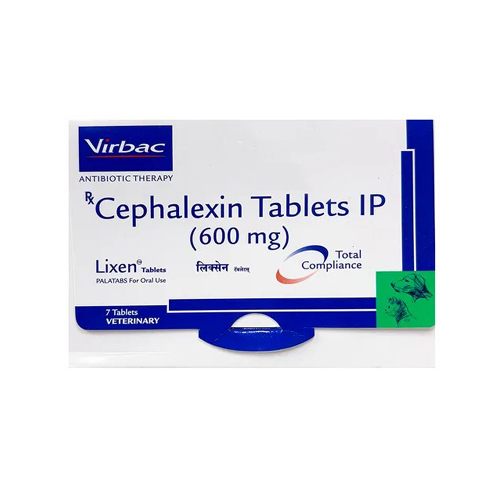
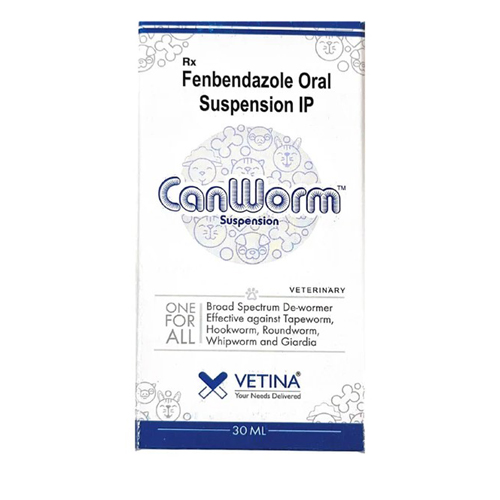



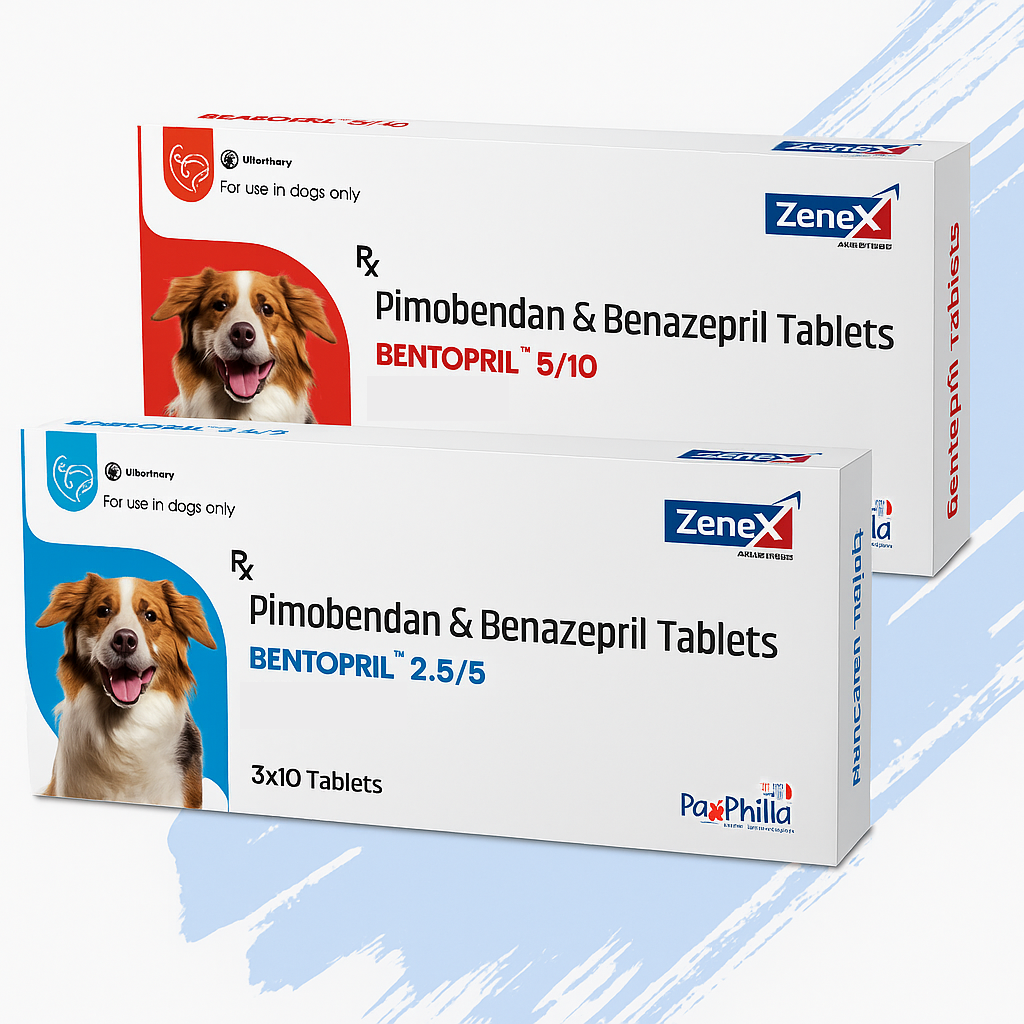
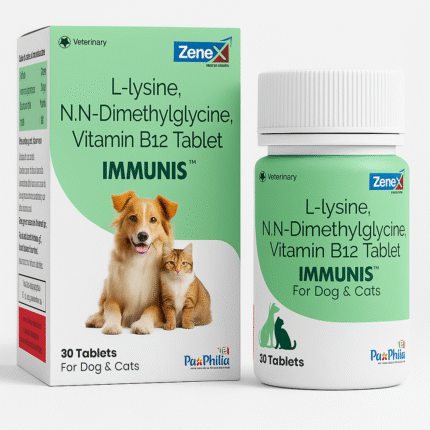
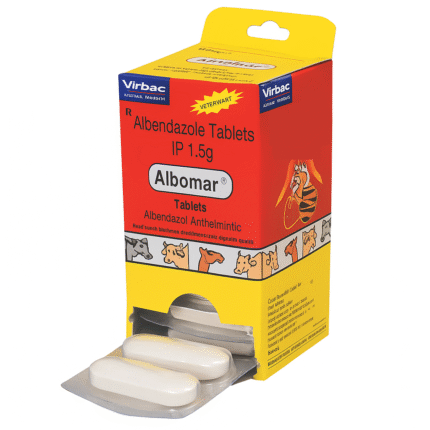
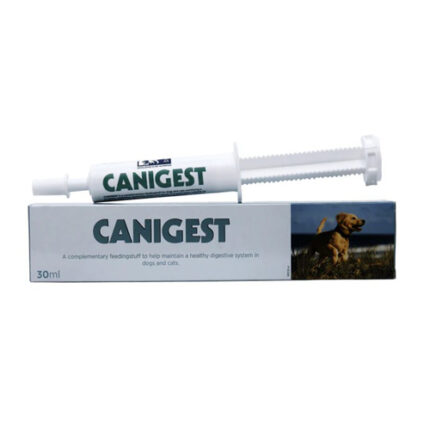

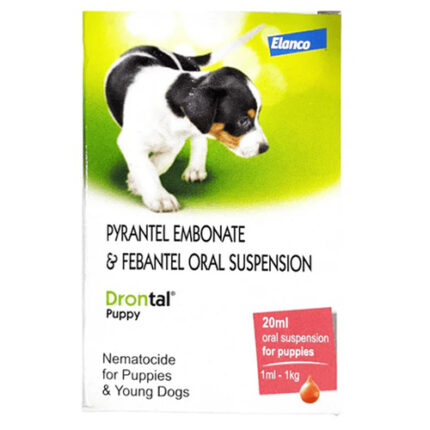

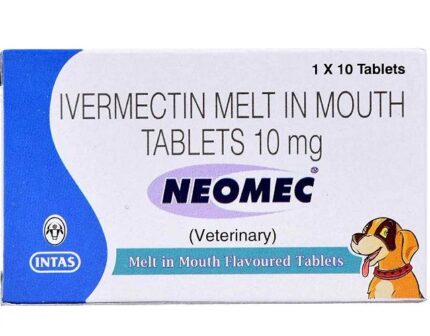
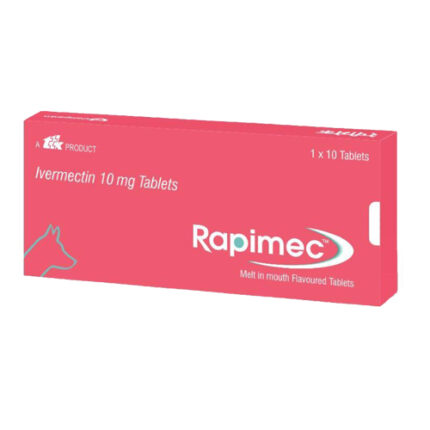
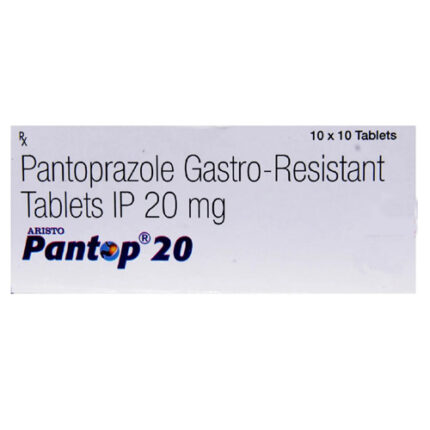
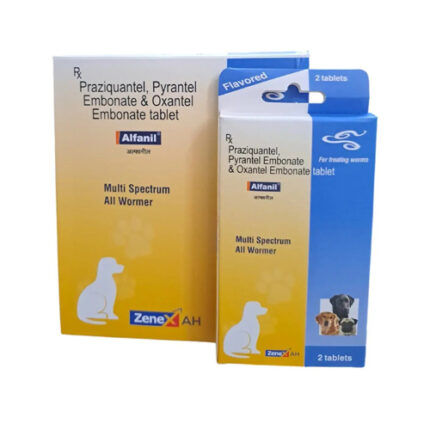
Reviews
There are no reviews yet.